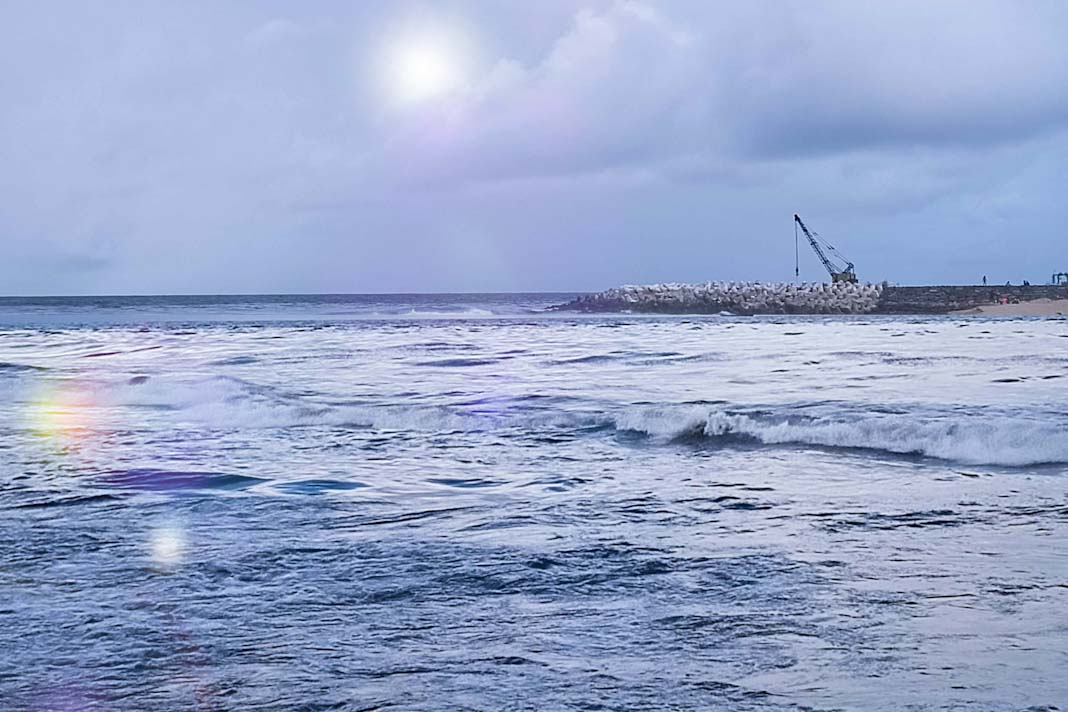 Countries are racing to prepare for extreme weather later this year as the world tips into an El Nino — a natural climate phenomenon that fuels tropical cyclones in the Pacific and boosts rainfall and flood risk in parts of the Americas and elsewhere.
Countries are racing to prepare for extreme weather later this year as the world tips into an El Nino — a natural climate phenomenon that fuels tropical cyclones in the Pacific and boosts rainfall and flood risk in parts of the Americas and elsewhere.
On Thursday, the U.S. National Oceanic and Atmospheric Administration (NOAA) declared that an El Nino is now underway. The past three years have been dominated by the cooler La Nina pattern.
This year looks worrying
Scientists say this year looks particularly worrying. The last time a strong El Nino was in full swing, in 2016, the world saw its hottest year on record. Meteorologists expect that this El Nino, coupled with excess warming from climate change, will see the world grapple with record-high temperatures.
Graphics to help explain how El Nino works. Two diagrams showing climate patterns in the Pacific Ocean for neutral and el nino conditions.
Governments in vulnerable countries are taking note. Peru has set aside $1.06 billion to deal with El Nino’s impacts and climate change, while the Philippines — at risk from cyclones — has formed a special government team to handle the predicted fallout.
What Causes An EL NINO?
El Nino is a natural climate pattern borne out of unusually warm waters in the eastern Pacific.
It forms when the trade winds blowing east-to-west along the equatorial Pacific slow down or reverse as air pressure changes, although scientists are not entirely sure what kicks off the cycle.
Did you Subscribe to our daily newsletter?
It’s Free! Click here to Subscribe
Source : Reuters















